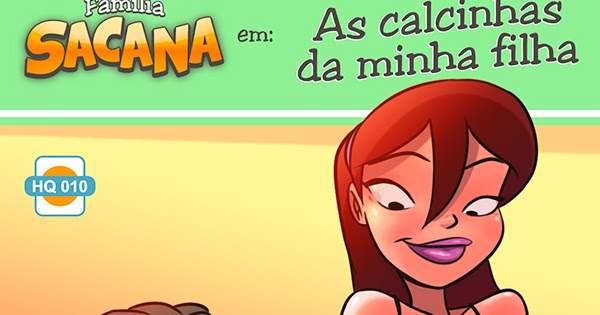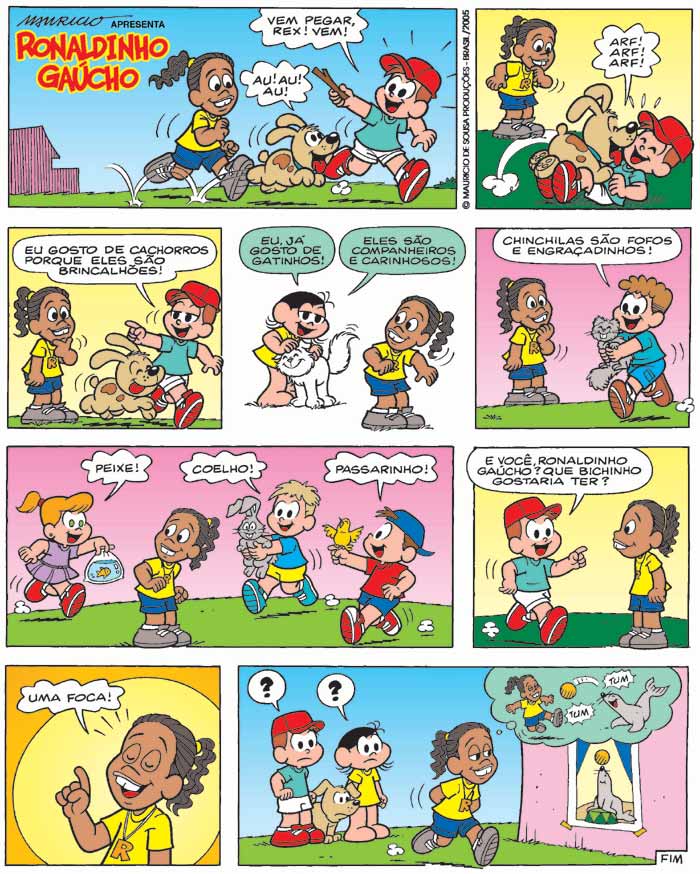
Advancements in technologies such as computer-aided design and computerised numerical control (CNC) have since enabled faster progress and construction passed the midpoint in 2010. Construction resumed to intermittent progress in the 1950s.

In 1939, Francesc de Paula Quintana took over site management, which was able to go on due to the material that was saved from Gaudí’s workshop and that was reconstructed from published plans and photographs. In July 1936, anarchists from the FAI set fire to the crypt and broke their way into the workshop, partially destroying Gaudí's original plans. Relying solely on private donations, the Sagrada Família's construction progressed slowly and was interrupted by the Spanish Civil War. At the time of his death in 1926, less than a quarter of the project was complete. Gaudí devoted the remainder of his life to the project, and he is buried in the church's crypt. In 1883, when Villar resigned, Gaudí took over as chief architect, transforming the project with his architectural and engineering style, combining Gothic and curvilinear Art Nouveau forms. On 19 March 1882, construction of the Sagrada Família began under architect Francisco de Paula del Villar. On 7 November 2010, Pope Benedict XVI consecrated the church and proclaimed it a minor basilica.

Designed by the Catalan architect Antoni Gaudí (1852–1926), his work on Sagrada Família is part of a UNESCO World Heritage Site.

It is the largest unfinished Catholic church in the world.

The Basílica i Temple Expiatori de la Sagrada Família, shortened as the Sagrada Família, is an unfinished church in the Eixample district of Barcelona, Catalonia, Spain. Gothic Revival and Art Nouveau and ModernistaĬonstruction Board of La Sagrada Família Foundation


 0 kommentar(er)
0 kommentar(er)
